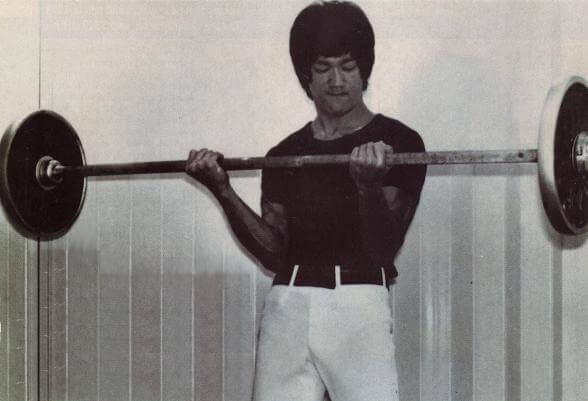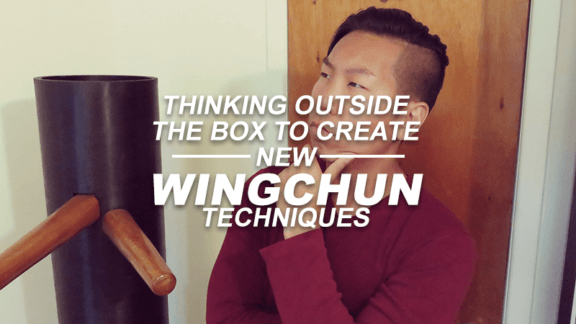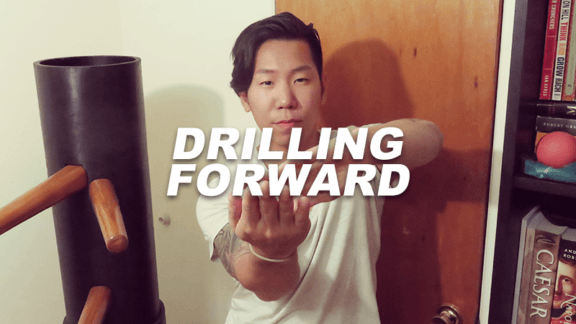Double Your Efficiency in Wing Chun
After practicing Wing Chun for over 2 years, I think I’m finally beginning to understand Wing Chun. You may already realize it yourself and I guess I have too but never thought of it as a key to effective Wing Chun training until the other day in class…

The way my class is structured is that we begin with warm ups and then we do our open handed forms, which include Sil Nim Tao, Chum Kiu, and Biu Tze. Afterwards, we divide the class into two lines where seniors are paired with juniors. I always jump on the junior line because I get the chance to work with the senior students and learn from them.
Once we’re partnered up, we do training drills. After that, we start Chi Sao. We change partners every few minutes. Since I’m in the junior line, I rotate from senior to senior.
One thing I constantly look forward to in class is having Chi Sao sessions with Joe. Joe is one of the instructors at my Wing Chun school and he kicks my ass. He doesn’t hold back and tells me exactly what I’m not doing properly. I always learn an important lesson from Joe and here’s one that really stuck with me…
Your defense is in your elbows. I don’t mean elbowing a person when they try to strike. I mean the position of your elbow when you use Bong Sau or Tan Sau. If your elbow is raised too high, it means your shoulders are raised and you expose your lower body where your ribs are. If they’re too low, you risk exposing your upper body and head.
It’s hard to maintain good elbow etiquette when your body starts getting tired. You know the feeling, don’t you? When you’re doing Chi Sao with someone and your shoulders begin tensing up and your arms are dropping. That’s fatigue kicking in.
There are a lot of reasons for fatigue. For me, there are days I exercise the day before class and my muscles are still recovering so my arms get tired quicker.
How should we deal with fatigue and be more efficient?
My solution for fatigue is to acknowledge it. We get tired, it happens and knowing that, we shouldn’t spend energy throwing useless strikes and doing unnecessary movements.
Don’t expend all your energy. Know when to strike by waiting for the opening. Flow and stick to your opponent, ride it out so your opponent opens their centerline to you. The best thing to do is wait for your opponent to get tired and slip up, then go in for the counterstrike.
In the game of stamina, who ever runs out first loses.


